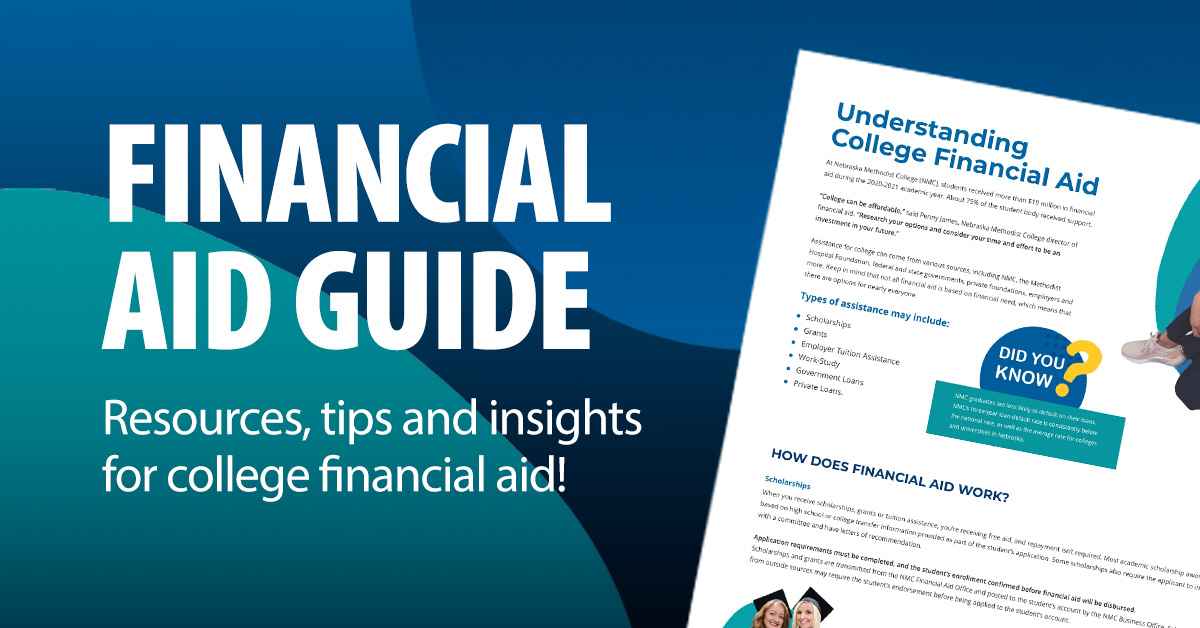As a high school student or a college aspirant, navigating the complex world of financial aid can be daunting. With the rising costs of higher education, it’s essential to explore all available options to fund your college education. The College Board, a non-profit organization, plays a significant role in providing financial aid to students. In this article, we’ll delve into the world of College Board financial aid, exploring the various types of aid, eligibility criteria, and application processes.

Introduction to College Board Financial Aid
Also Read
The College Board is a well-established organization that aims to connect students with colleges and universities. One of its primary objectives is to provide financial assistance to students who require help to pursue their higher education goals. The College Board offers various forms of financial aid, including grants, scholarships, and loans. These programs are designed to help students from diverse backgrounds, including low-income families, minority groups, and students with exceptional academic achievements.
Types of College Board Financial Aid
The College Board offers several types of financial aid to students, including:
- Pell Grants: These are need-based grants awarded to students who demonstrate significant financial need. The amount of the grant varies, but it can cover up to $6,195 of college expenses.
- Federal Supplemental Educational Opportunity Grants (FSEOG): These grants are also need-based and awarded to students who demonstrate exceptional financial need. The amount of the grant varies, but it can range from $100 to $4,000.
- National Merit Scholarships: These scholarships are awarded to students who demonstrate exceptional academic achievements, particularly in the National Merit Scholarship Program.
- College Board Scholarships: The College Board offers various scholarships, including the National Hispanic Recognition Program, the National African American Recognition Program, and the National Indigenous Recognition Program.
- Student Loans: The College Board also offers student loans, including the Federal Direct Loan Program and the Federal Perkins Loan Program.
Eligibility Criteria for College Board Financial Aid
To be eligible for College Board financial aid, students must meet specific criteria, including:
- Citizenship: Students must be U.S. citizens, permanent residents, or eligible non-citizens.
- Enrollment: Students must be enrolled or accepted for enrollment in a degree-granting program at a participating college or university.
- Financial Need: Students must demonstrate financial need, as determined by the Free Application for Federal Student Aid (FAFSA).
- Academic Achievement: Students must meet specific academic requirements, such as a minimum GPA or standardized test scores.
Application Process for College Board Financial Aid
To apply for College Board financial aid, students must follow these steps:
- Complete the FAFSA: Students must complete the FAFSA, which is available online or through the College Board website.
- List Participating Colleges: Students must list the colleges or universities they are applying to or are already attending.
- Submit Additional Documents: Students may need to submit additional documents, such as tax returns or proof of citizenship.
- Review and Appeal: Students can review their financial aid award and appeal if necessary.
Frequently Asked Questions (FAQ)
- Q: What is the deadline to apply for College Board financial aid?
A: The deadline to apply for College Board financial aid varies, but students should complete the FAFSA as early as possible, ideally by January 15th. - Q: Can I apply for College Board financial aid if I’m not a U.S. citizen?
A: Yes, eligible non-citizens can apply for College Board financial aid, but they must meet specific requirements, such as having a valid visa or green card. - Q: How do I know if I’m eligible for a Pell Grant?
A: Students can determine their eligibility for a Pell Grant by completing the FAFSA and reviewing their Student Aid Report (SAR). - Q: Can I appeal my financial aid award if I’m not satisfied?
A: Yes, students can appeal their financial aid award if they feel it’s not sufficient or if there are changes in their financial situation. - Q: What is the maximum amount of financial aid I can receive?
A: The maximum amount of financial aid varies, but students can receive up to $6,195 in Pell Grants and $4,000 in FSEOG grants.
Conclusion
College Board financial aid is an essential resource for students who require assistance to pursue their higher education goals. The College Board offers various types of financial aid, including grants, scholarships, and loans, to students who demonstrate financial need or exceptional academic achievements. By understanding the eligibility criteria and application process, students can increase their chances of receiving financial aid. It’s essential to remember that financial aid is not limited to College Board programs, and students should explore all available options, including federal, state, and institutional aid. By taking the time to research and apply for financial aid, students can make their college education more affordable and achieve their academic and career goals.
In summary, the College Board financial aid is a valuable resource for students who require financial assistance to pursue their higher education goals. By understanding the types of aid, eligibility criteria, and application process, students can make informed decisions about their financial aid options. Remember to complete the FAFSA, review your financial aid award, and appeal if necessary. With the right financial aid, students can focus on their academic pursuits and achieve their full potential.
Closure
Thus, we hope this article has provided valuable insights into Understanding College Board Financial Aid: A Comprehensive Guide. We thank you for taking the time to read this article. See you in our next article!












